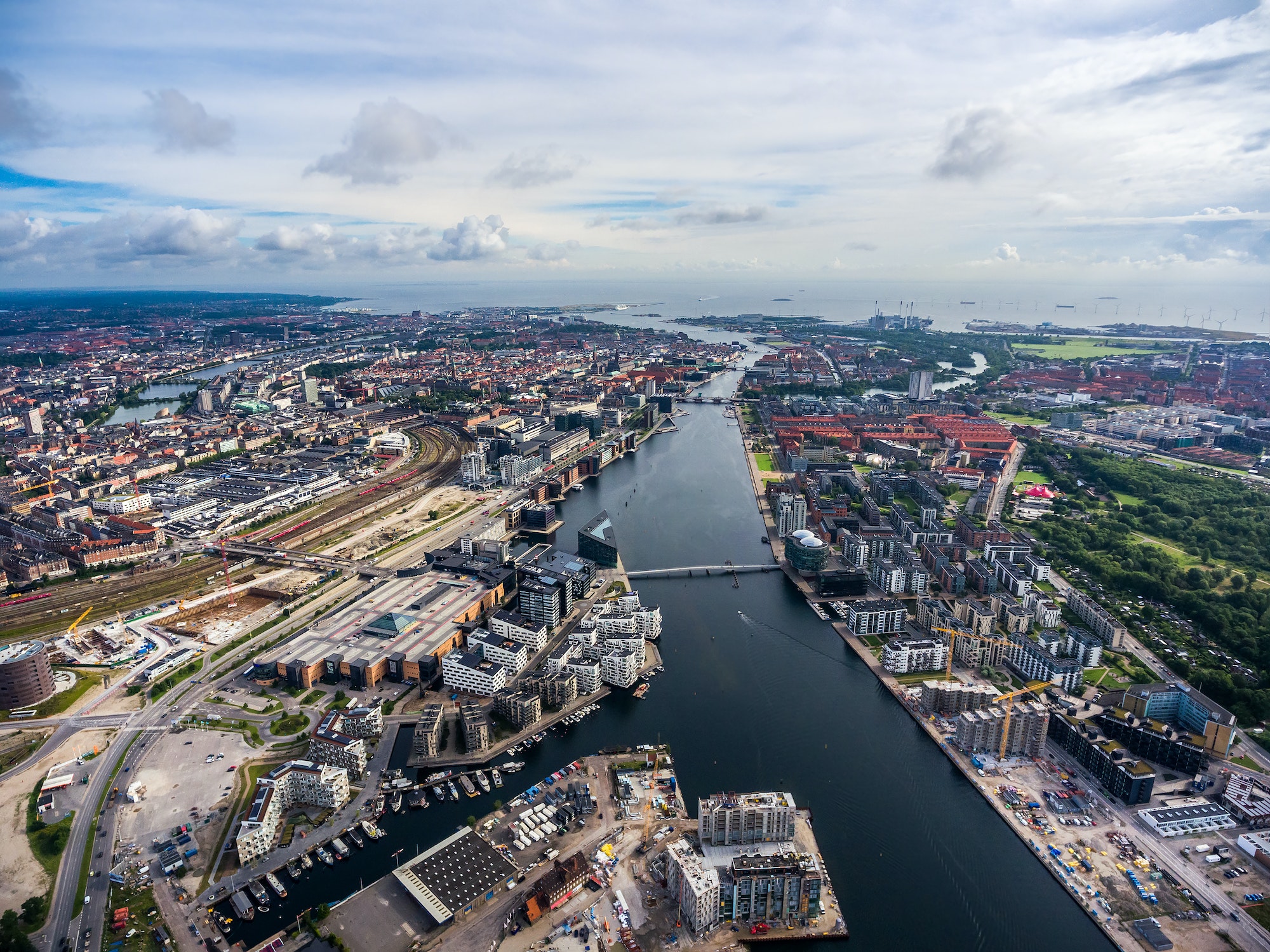Noma, a two-Michelin-star restaurant in Copenhagen, Denmark, has set the bar high for sustainable luxury dining. Opened in 2003 by chefs René Redzepi and Claus Meyer, Noma has been repeatedly named the best restaurant in the world by Restaurant magazine and has received numerous accolades for its commitment to sustainability and innovative culinary techniques. The restaurant’s focus on local, seasonal ingredients and its dedication to reducing its environmental impact have made it a leader in the world of sustainable luxury dining.
Noma’s menu is a testament to its commitment to sustainability. The restaurant sources nearly all of its ingredients from within a 62-mile radius, ensuring that each dish is made with the freshest, most flavorful produce available. This hyper-local approach not only reduces the carbon footprint associated with transporting ingredients but also helps support local farmers and suppliers.
The seasonal nature of Noma’s menu is another key component of its sustainability efforts. By focusing on ingredients that are at their peak during each season, the restaurant can reduce waste and ensure that each dish is as fresh and flavorful as possible. This approach also encourages creativity in the kitchen, as chefs must constantly adapt to changing ingredient availability.
In addition to its focus on local and seasonal ingredients, Noma has implemented several other sustainability initiatives. For example, the restaurant has committed to reducing food waste by repurposing leftover ingredients into new dishes or composting them for use in its on-site garden. Noma also recycles or composts all of its packaging materials and uses energy-efficient appliances and lighting throughout the restaurant.
Noma’s dedication to sustainability extends beyond its menu and operations. The restaurant is housed in a sustainably designed building that features reclaimed wood, natural light, and energy-efficient heating and cooling systems. Additionally, Noma works closely with local educational institutions to teach future generations about sustainable food practices and the importance of supporting local agriculture.
Noma’s success has inspired other restaurants around the world to adopt sustainable practices and prioritize local, seasonal ingredients. Here are a few examples of renowned sustainable luxury restaurants that are following in Noma’s footsteps:
- Blue Hill at Stone Barns (Pocantico Hills, New York): Located on an 80-acre farm, this restaurant is committed to sustainable agriculture and features a rotating menu that showcases the best of what its surrounding fields and pastures have to offer.
- The Willows Inn (Lummi Island, Washington): This remote island retreat sources all of its ingredients from within a 10-mile radius, including produce from its own garden and seafood caught by local fishermen.
- Azurmendi (Larrabetzu, Spain): This three-Michelin-star restaurant is located in an eco-friendly building and offers a menu that highlights local Basque ingredients while minimizing waste and energy consumption.
- Amass (Copenhagen, Denmark): Founded by former Noma chef Matt Orlando, Amass focuses on using every part of each ingredient to minimize waste and create innovative dishes that showcase the flavors of the season.
These leading sustainable luxury dining establishments demonstrate that it’s possible to create exceptional culinary experiences while minimizing environmental impact and supporting local communities. By prioritizing sustainability in every aspect of their operations, these restaurants are helping to redefine what it means to be a luxury dining establishment in the 21st century.
As consumers become increasingly aware of the environmental impact of their choices, it’s likely that more restaurants will look to Noma and its peers for inspiration in creating sustainable, luxurious dining experiences. By embracing these principles, restaurants can not only reduce their ecological footprint but also create unforgettable culinary experiences that celebrate the unique flavors of their region.

